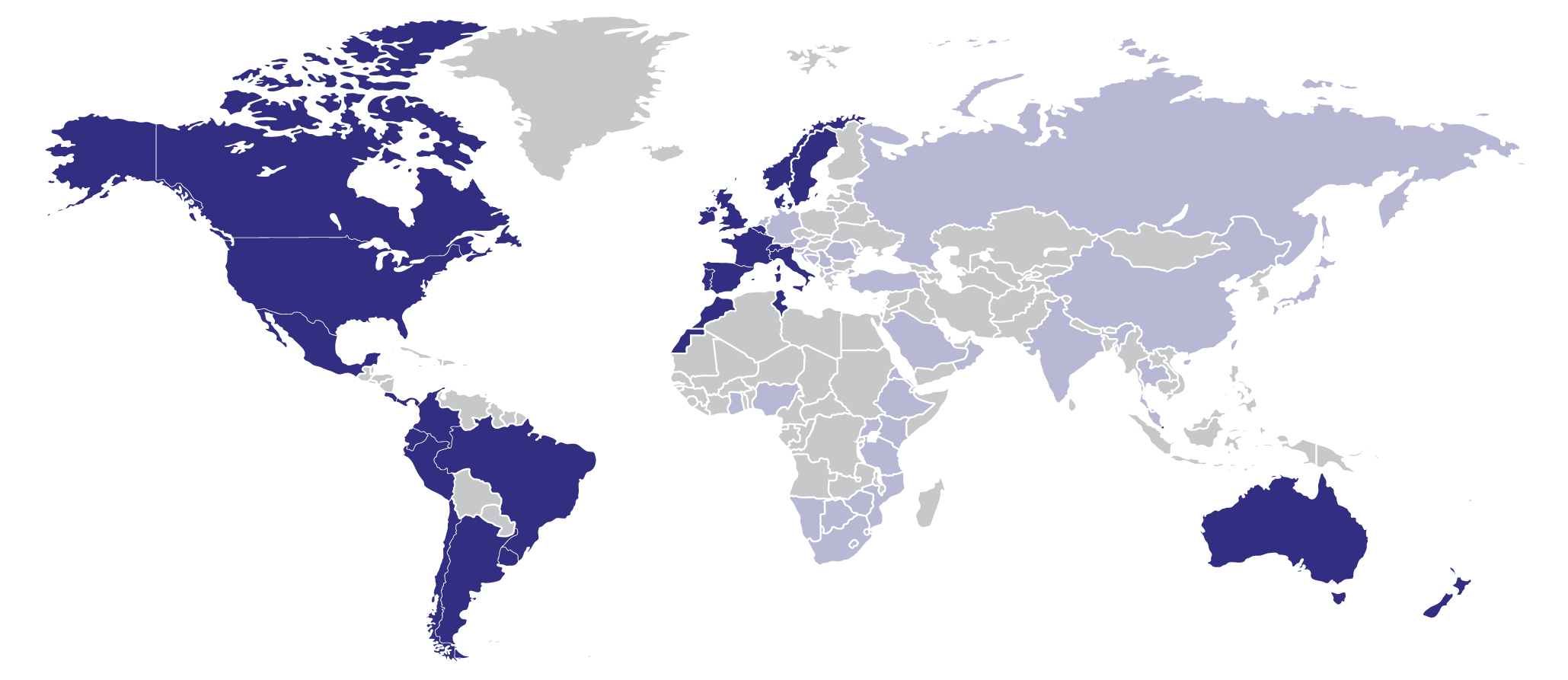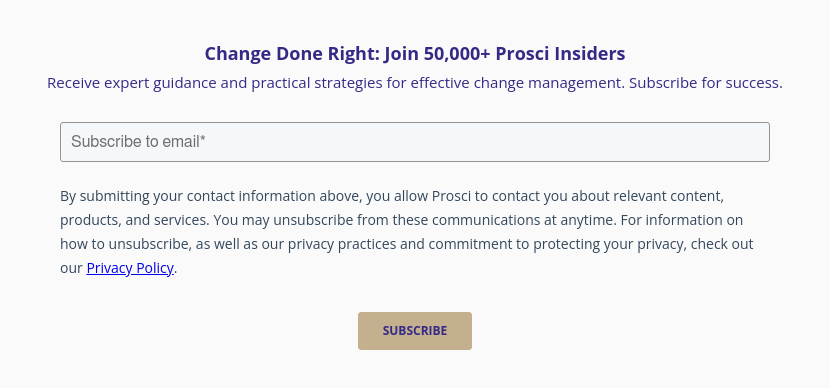How to Implement Change Management on a Global Scale

3 Mins
Updated: August 27, 2025
Published: May 17, 2023

Is your organization managing more changes that impact stakeholders in other areas of the world? In today’s global marketplace, organizations that can change more effectively increase their opportunities and competitive advantage, which makes a global strategy for change management critical. Here are three keys to implementing change management on a global scale.
Plan Change Management Globally,
Implement Locally
Consider the critical success factors for building organizational change capability, and apply the concepts with a global perspective:
- Secure executive sponsorship for your change efforts
- Build critical competencies at all levels
- Build a common language for change, and make the methodology and tools work for your organization
Build global change capabilities in your organization with successful approaches from industry innovators.
1. Secure executive sponsorship for your change efforts
When your organization operates on a global scale, it is important to find influential leaders in each region to sponsor change management capability. Who will sponsor change capability for the U.S. operations? For the European operations? For Latin America? Asia-Pacific? Ideally, if you have access to these high-level sponsors across the organization, you can support them with a Sponsor Plan that ensures these executives act in a cohesive manner, taking consistent action and communicating consistent messages to the organization.
However, to be successful globally, it is also important that each global leader adapts messages and actions to resonate with the culture they are influencing. This is why having a group of global change leaders is essential to building change capability. These sponsors act as role models to the other leaders in their region by demonstrating effective sponsorship on all initiatives. They can also translate the following messages into language that resonates across your global organization:
- Why change management matters
- What it means for the organization
- Why we are pursuing this now
- What happens if we do not pursue it
Finally, this core group of executives should align on what other strategies will be implemented to build change management capability in the organization, including:
- Standardizing processes
- Integrating with key projects
- Building competencies in employees at all levels
2. Build internal competencies at all levels
Many global organizations benefit from strategically selecting local trainers and ambassadors for each region of the organization—people who are embedded in the processes of that region and are ingrained in the culture. Earning Train-the Trainer credentials enables these individuals to conduct role-based training programs in their regions while incorporating cultural norms and local business operating approaches to ensure successful training delivery and skill building.
As the organization equips more individuals with core change management competencies, virtual communities of practice can provide ongoing opportunities to share best practices.
Beyond training, taking a holistic approach will help your organization move forward on the change journey faster while maximizing your investments in time and resources. Depending on your goals and current level of maturity in change management, your organization and people may benefit from working with an advisor.
Change advisors have unique skills, goals and approaches to managing organizational changes. Rather than doing the work for you, a seasoned change advisor or team partners with your change practitioners and teams as they implement critical or first-time projects. They coach individuals, teams and leaders on how to fulfill their roles during change. They help change teams develop essential skills, such as mitigating resistant behaviors, managing change saturation, integrating change management with project management, and more. Change advisors can even help you create entire change management functions. With this type of support, your people will build the skills and capabilities needed for success with immediate changes while learning how to apply them to future changes on their own.


3. Build a common language for change...
…and make the methodology and tools work for your organization. For change management capability to be successful in a global organization, it is important that each region sees change management resources and tools as something meant “for them” and not something that is handed down from a corporate entity in another hemisphere. Although having a common language and process for change is essential, it is equally important that they communicate the common language and process in ways that resonate with each region.
The global organizations that are most successful in building enterprise change management take the time to adapt change management training, tools and resources to meet the needs of global locations. This may include:
- Translating materials into languages spoken in that region
- Adapting imagery to resonate with each culture
- Integrating the vernacular of the organization
- Cobranding materials so they have a familiar look and feel
You can make all of these adaptations with an organizational license to Prosci’s materials. Your organizational license also makes mass distribution of training content, tools and resources across the globe easier and cost effective as you establish a language and process for change.
Prosci 3-Phase Process

Build Enterprise Change Capability
Many global organizations have success in building enterprise change capability when they take the time to adapt their strategies and content. If building global enterprise change capability is a challenge you’re facing, please connect with us and we can help you navigate your options and achieve success.




